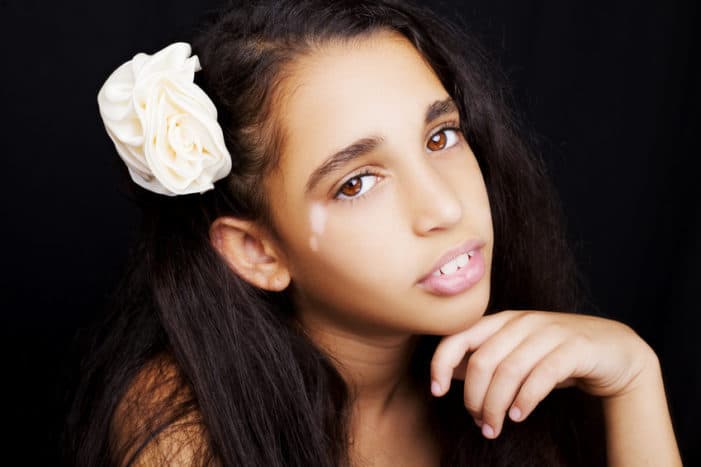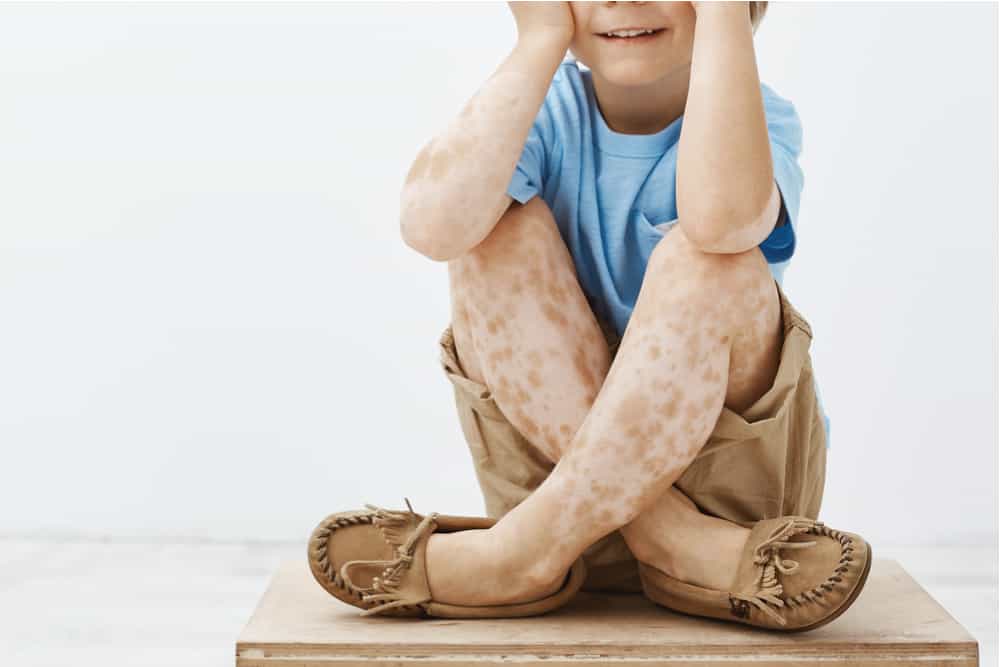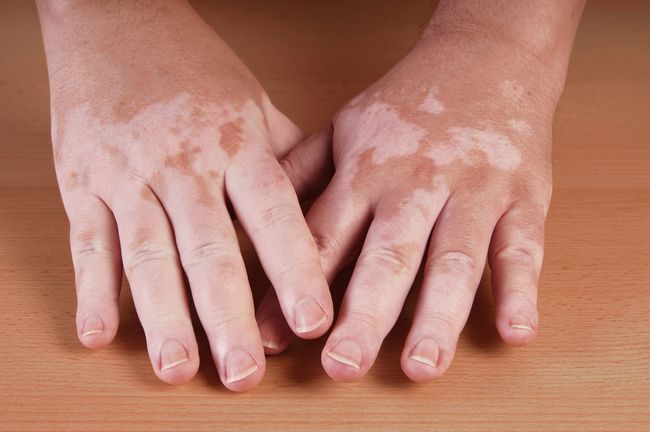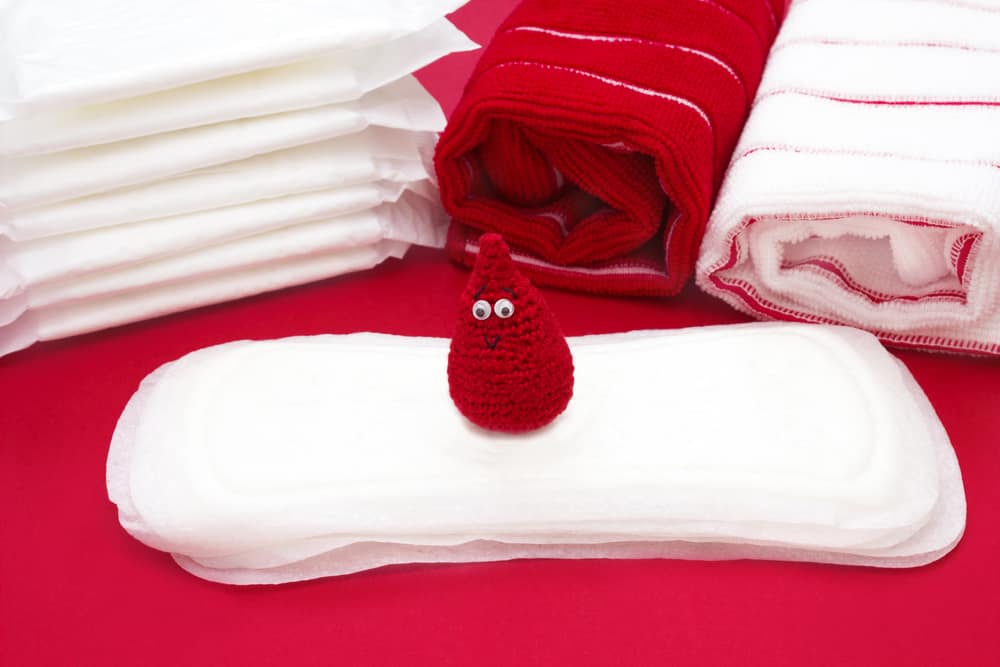Contents:
- Medical Video: Parents, beware the cost of over-helping your kids
- Vitiligo in children, what distinguishes it from adults?
- What are the causes of vitiligo in children?
- Can vitiligo in children be treated?
- 1. Use a corticosteroid cream
- 2. Calcineurin inhibitors (TCIs)
- 3. Photototherapy (light therapy)
- 4. Operations
- Give understanding to children
Medical Video: Parents, beware the cost of over-helping your kids
Vitiligo is a change in skin color in certain parts of the body caused by loss of skin pigment. Although most cases of vitiligo appear in adulthood, but this skin problem can also be present as a child, you know. So, at what age does vitiligo usually begin in children and is there a way to treat it?
Vitiligo in children, what distinguishes it from adults?
The onset of skin discoloration in the form of wide white milk-white spots called vitiligo. This condition can occur at any age and attack any skin type. Not only adults, children who experience vitiligo will also feel less confident due to uneven skin color differences.
But, you dont have to worry. Vitiligo is not a life-threatening infectious disease. These color changes usually begin to appear in the area most often exposed to sunlight such as the face, neck, hands, knees and elbows. Over time, vitiligo in children can spread to other body parts.
The age of four to five years is the period in which vitiligo in children appears most often. But sometimes, children under one year of age can also experience vitiligo.
This type of vitiligo is divided into two: segmental vitiligo and nonsegmental vitiligo. Segmental vitiligo is a rare type of vitiligo. This condition is characterized by white patches that only appear in one area of the body (local vitiligo). While nonsegmental vitiligo is a common condition in which patches spread on any part of the body.
Well, the basic difference between childhood and adult vitiligo is two big points. First, vitiligo in children attacks more girls. Second, the type of vitiligo that is often experienced by children is segmental vitiligo.
As a parent, pay attention if you see the appearance of vitiligo symptoms in the child's skin:
- White spots appear
- The skin color changes, in one or several areas of the body
- Hair color, eyebrows, eyelashes, also change
- Discoloration of the retina and inner lining of the mouth and nose
What are the causes of vitiligo in children?
Unfortunately, health experts have not been able to determine exactly what causes vitiligo. So far vitiligo is considered an autoimmune disease, namely the presence of a disorder due to the immune system that attacks healthy cells in the body.
This is triggered by the role of the immune system that actually destroys the cells of melanocytes, the pigment producing melanin in the skin. In fact, melanocytes are responsible for giving skin color while protecting the skin from damage caused by exposure to sunlight. As a result, the original color of the skin disappears and fades as white as milk.
Vitiligo in children is also thought to be a genetic disorder because it turns out that most of the children who have vitiligo have a family history of vitiligo.
Can vitiligo in children be treated?

Just like vitiligo in adults, vitiligo experienced by children is difficult to cure completely. However, there are still some treatments that can be given to improve the appearance of skin color, such as:
1. Use a corticosteroid cream
Corticosteroid creams are a fairly successful initial treatment for segmental vitiligo. Unfortunately, this treatment is not too effective in overcoming ever-changing skin color. The use of corticosteroid creams should be routinely done, but there are various health risks that lurk children when used for the long term.
2. Calcineurin inhibitors (TCIs)
This treatment works by inhibiting the immune system which makes pigment changes melanin the skin. Calcineurin inhibitors are considered to have succeeded in slowing the development of vitiligo in children, with side effects that are much lighter than using corticosteroid creams.
3. Photototherapy (light therapy)
Light therapy utilizes ultraviolet A (UVA) and B (UVB) rays to restore skin color due to vitiligo. Slightly different in children, doctors will usually limit and combine this therapy with other therapies because it is considered less appropriate for the age of the child.
4. Operations
Surgery or surgery is not the first choice taken to treat childhood vitiligo. This option will only be taken if children who experience segmental vitiligo cannot be treated in other ways. Surgery is not recommended for young children or children with vitiligo patches that are not too severe.
Give understanding to children
Children with vitiligo may have problems with self-confidence, insecurity, and even shame because they feel different from their peers. Therefore, in addition to providing physical care, you should also include psychological care to help maintain their emotional condition.
You can see a doctor who is an expert in treating child vitiligo, and help children find their age friends who also experience the same thing. Try to always encourage children to do positive things that can arouse their enthusiasm.













